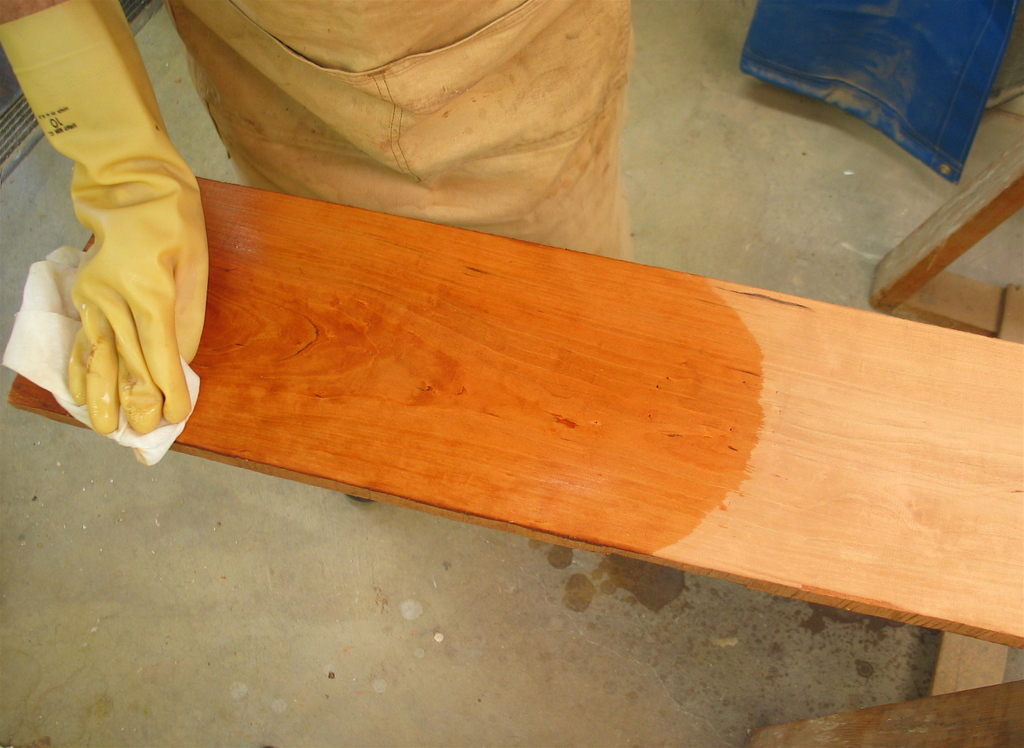We may receive a commission when you use our affiliate links. However, this does not impact our recommendations.

There are really only two things they (or you) can do with a finish that can’t be fixed fairly easily. One is to apply a stain to a blotch-prone wood, and the other is to apply a stain to any wood, then decide you don’t want the stain. So both problems are caused by stain. If you don’t apply a stain, there’s nothing that can’t be fixed.
This is because a finish can always be stripped as a worst-case scenario if something bad happens, such as a fly getting in the finish while it’s still wet or bad runs and sags. Sometimes these problems can be sanded out and another coat or two of finish applied, but to say again, if a repair is not possible, the finish can always be stripped, and you can start again.
(A caveat that I’ve written about several times recently is that the EPA is threatening to take away our most effective strippers, and a number of large retail chain stores are removing these strippers from their shelves. So far, independent paint stores are resisting this action.)
So we’re back to stains being the biggest potential problem. You can always avoid the worst blotching by choosing a wood that doesn’t blotch. The most common woods that do blotch are softwoods and cherry. Also, to a lesser extent, birch and sometimes maple. Walnut and mahogany don’t blotch, at least not in a way we find objectionable.
There are a few other less common woods that blotch. So a good practice is to wet the wood with a solvent to see if it’s likely to blotch.

As for the other problem, that you decide later you don’t want to stain the wood, a good practice is to apply the stain you intend to use to scrap wood from the same project to be sure you like it. Stains lighten as they dry, so make your judgment while the stain is still damp, or apply a coat or two of finish if the stain has dried.
(A second caveat that I’ve also written about many times is that washcoats, which are often sold as “wood conditioner,” almost always come with directions that don’t work very well. You need to let them completely dry for six or more hours before applying the stain, and you need to be aware that the final color will be significantly lighter because less stain will have penetrated.)
So, depending on the wood you use, it’s really the stain you have to be concerned about, not the finish. You can’t “ruin” anything with a finish. Choose your wood and whether or not to stain it with this in mind.
– Bob Flexner
Here are some supplies and tools we find essential in our everyday work around the shop. We may receive a commission from sales referred by our links; however, we have carefully selected these products for their usefulness and quality.








